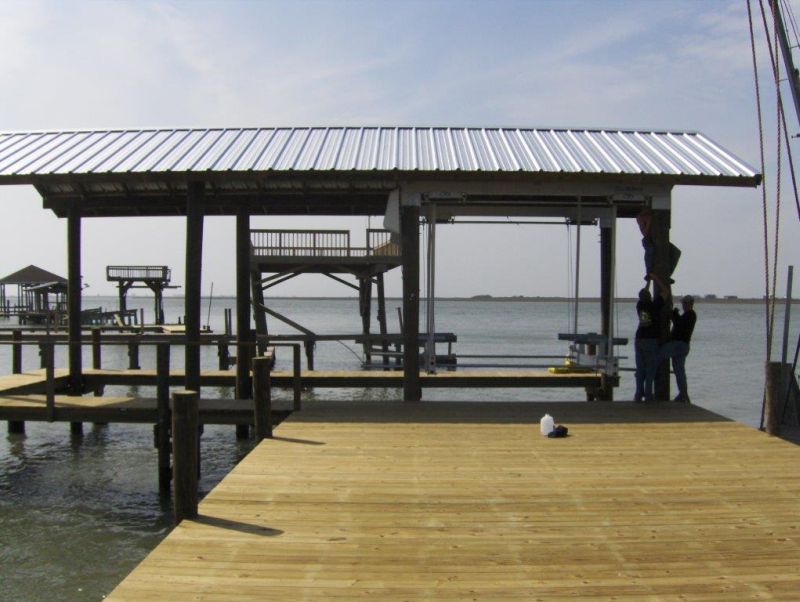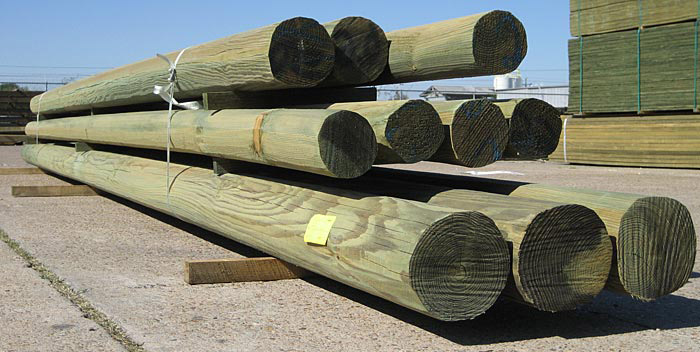Unveiling the Mechanics and Benefits of Pressure Treated Wood
Wood has been a fundamental building material for centuries, but its vulnerability to decay and pests has led to the development of various preservation techniques. One widely used method is pressure treatment, which enhances wood's durability and extends its lifespan. In this article, we will delve into the intricacies of pressure treated wood, exploring how it works and the reasons behind its effectiveness.
Understanding Pressure Treated Wood
Pressure treated wood is lumber that has undergone a preservation process involving the impregnation of wood fibers with chemical preservatives. This treatment significantly enhances the wood's resistance to moisture, rot, fungi, termites, and other insects. As a result, pressure treated wood is commonly employed in outdoor construction projects, such as decking, fencing, utility poles, and marine applications.

When it comes to the treatments, there are two main types of chemicals used to pressure treat wood: chromated copper arsenate (CCA) and alkaline copper quaternary (ACQ). CCA is a more effective preservative than ACQ, but it is also more toxic. ACQ is less toxic than CCA, but it is not as effective at preventing rot and decay.
The Pressure Treatment Process

The process of pressure treating wood involves several key steps:
- Selection of Wood: Initially, a suitable wood species, such as pine or fir, is chosen for treatment. These species possess adequate cellular structures that facilitate the absorption of preservatives.
- Preparing the Wood: The selected wood is seasoned or kiln-dried to reduce its moisture content. This ensures that the preservatives can effectively penetrate the wood fibers.
- Chemical Treatment: The wood is placed in a large cylinder, commonly known as a pressure treatment vessel. The vessel is then sealed, and a vacuum is applied to remove air and moisture from the wood's cells.
- Preservative Injection: Once the vacuum phase is complete, the vessel is pressurized, forcing the preservative solution deep into the wood. The pressure ensures that the preservatives penetrate the wood fibers and reach the core, where decay and pest threats are most likely to occur.
- Retention Period: The wood is left in the pressure treatment vessel for a specified period, allowing the preservatives to be absorbed thoroughly.
- Final Steps: After the retention period, any excess preservative solution is drained, and the wood is dried to a suitable moisture level before it is ready for use.
Why Pressure Treated Wood Works

Pressure treated wood owes its effectiveness to the combination of the wood's cellular structure and the preservatives used during the treatment process. Here are the key reasons why pressure treated wood works so well:
- Enhanced Durability: The preservatives infused during the pressure treatment process are designed to repel or inhibit the growth of decay-causing fungi, mold, and insects. This significantly improves the wood's durability and reduces the risk of structural damage.
- Moisture Resistance: Pressure treated wood's resistance to moisture is crucial, particularly in outdoor applications where exposure to rain, snow, and humidity is common. The preservatives create a barrier, preventing water from being absorbed into the wood fibers and reducing the likelihood of rot.
- Pest Protection: Termites and other wood-boring insects can wreak havoc on untreated wood. Pressure treated wood acts as a deterrent due to the presence of chemical preservatives that are toxic to these pests, helping to safeguard structures against infestations.
- Longevity: By combating decay, moisture, and pests, pressure treated wood can last significantly longer than untreated wood. This longevity reduces the need for frequent replacements and saves both time and money in the long run.
Build your next project with pressure treated wood.
Ready to build with longevity and durability in mind? Choose pressure treated wood for your outdoor construction projects by contacting us online or calling us at 1 (800) 716-0636. Start building with confidence today!
